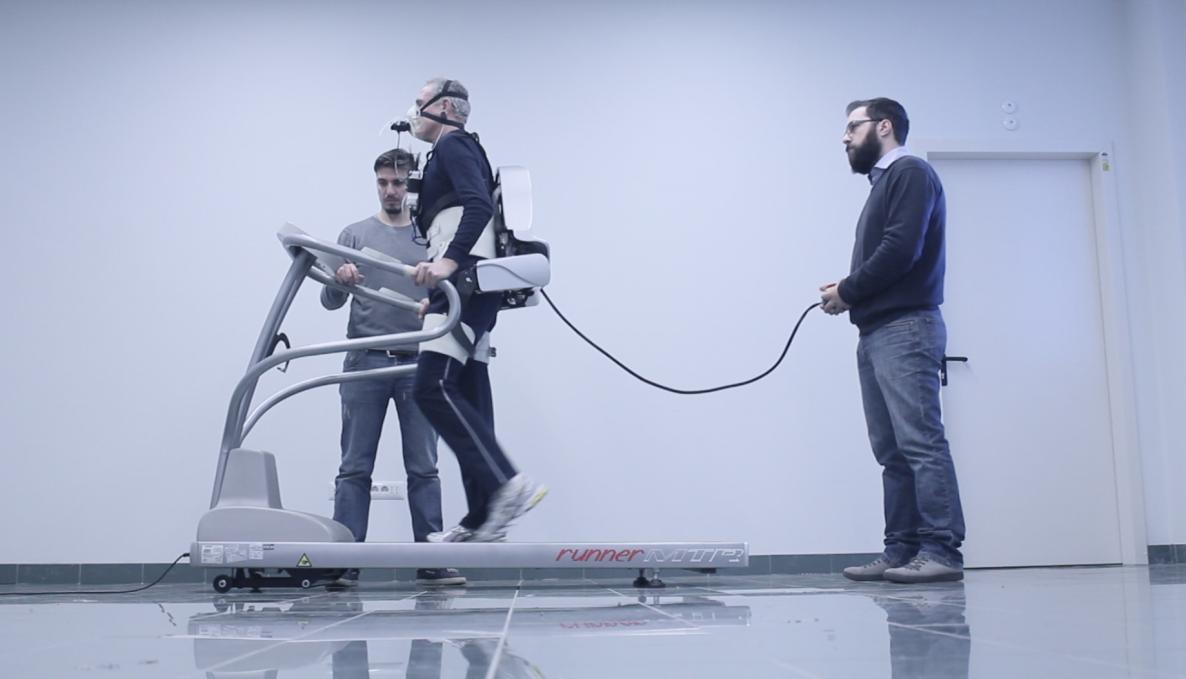Wearable and Collaborative Technologies
A key challenge for future developments in robotics is moving from the interaction with the environment to the interaction with human counterparts.

Close human-robot interaction may take place within a shared space, in which humans and robots collaborate as autonomous agents for a common purpose, or in scenarios in which robotic devices and sensors are worn directly by the user, to capture the user’s intended movement and support his/her actions. Collaborative and wearable technologies can open new frontiers in understanding the human body, mind, and capability, through pervasive perception, actuation and intelligence.
At The BioRobotics Institute we exploit new paradigms of collaborative and wearable technologies within a wide spectrum of application scenarios, such as in designing new collaborative robots for medical applications and neuro-rehabilitation treatments, validating computational methods for movement analysis for clinical and sport applications, or in designing novel devices and sensing technologies to improve workplaces ergonomics by reducing the burden of workers in strenuous repetitive tasks.
In our labs, we design, develop and validate novel exoskeletal devices for assisting, rehabilitating, or augmenting human motor functions, new industrial and medical robots for collaborating fluently with humans, tactile sensors to facilitate safe human-machine co-work, robots for assistance, healthcare, agriculture, logistics, and manufacturing.
















